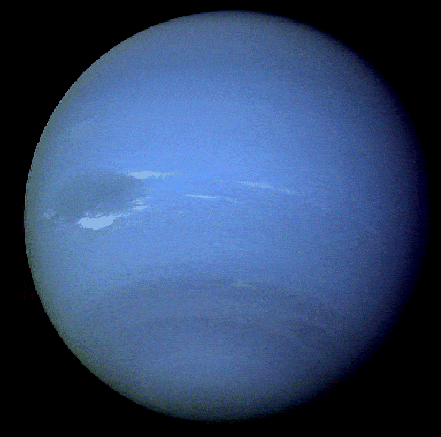Gas giants might just be the most whimsical planets of all: they don’t just settle at any old point on the orbit – instead, they only choose certain regions and stay clear of others – at least according to a new supercomputer simulation.
A new study recently revealed that the orbital deserts and pile-ups caused by these preferences might actually be caused by starlight itself. Using supercomputer simulations of young solar systems, astronomers Richard Alexander of the University of Leicester in the United Kingdom and Ilaria Pascucci of the University of Arizona’s Lunar and Planetary Laboratory have found that powerful ultraviolet and X-ray emissions from the star tend to carve out empty spaces.
When planetary systems are formed, planets initially start out as spinning disks of dust and gas particles, and some clump in to form planets or satellites, while some only live to be comets, asteroids, or other such bodies.
“The disk material that is very close to the star is very hot, but it is held in place by the star’s strong gravity,” said Alexander in a press release from the University of Arizona. “Further out in the disk where gravity is much weaker, the heated gas evaporates into space.”
Around a star like our Sun, these gasless gaps seem to form 100 million to 200 million miles from the star.
“The planets either stop right before or behind the gap, creating a pile-up,” said Pascucci in the press release. “The local concentration of planets leaves behind regions elsewhere in the disk that are devoid of any planets. This uneven distribution is exactly what we see in many newly discovered solar systems.”
However, while this model seems correct enough, and was validated by other solar systems, our own solar system seems to stand in contradiction. Earth orbits the sun at a distance of about 93 million miles, where the void should begin, while Jupiter, the closes gas giant to the Sun, orbits at about 500 million miles. Time, however, will tell if Alexander and Pascucci’s model is correct, as telescopes discover more and more different solar systems.










